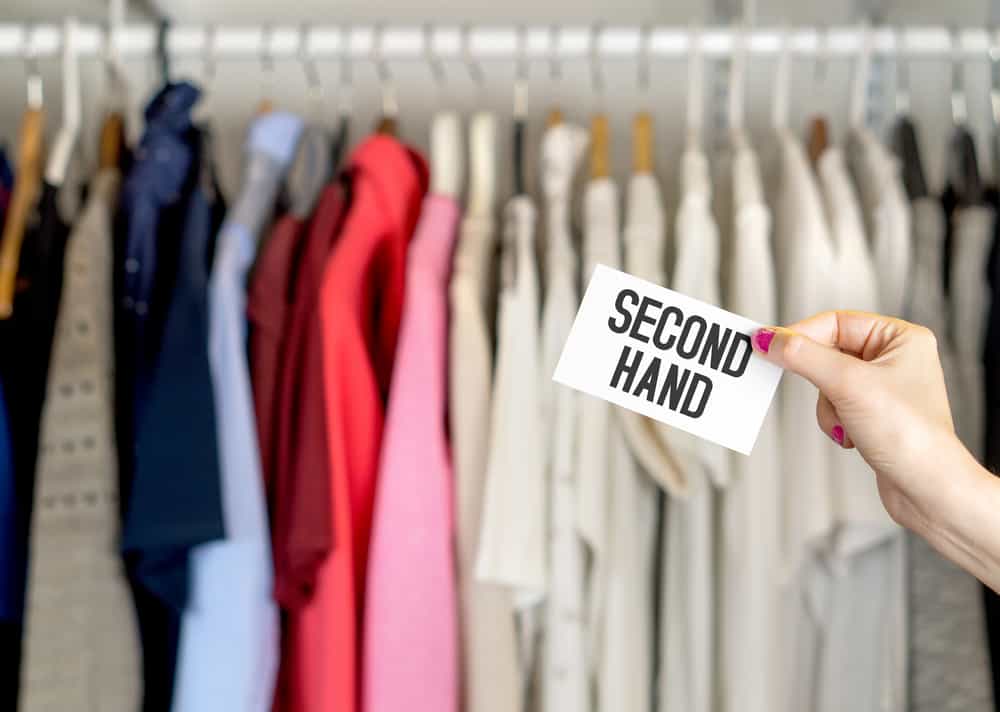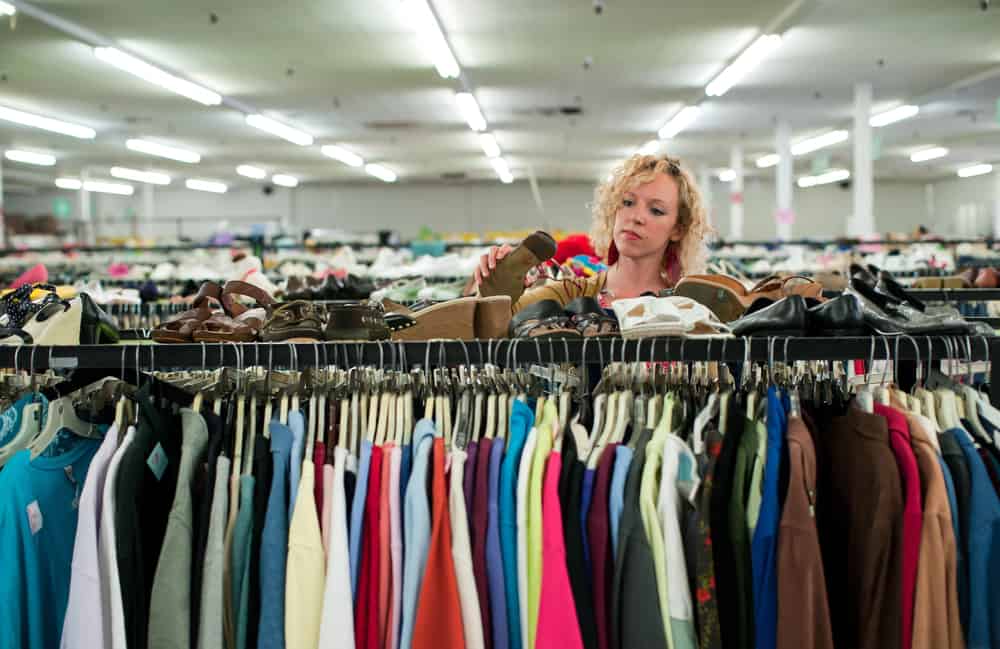As we see costs on the rise in various aspects of our lives, many of us are becoming more mindful of how much we spend each year on clothing. Instead of opting for fast fashion, where products are often made cheaply and have a short lifespan, we’re looking more at investing in quality, timeless pieces at a more affordable price. How do we do that? We buy second-hand clothes.

Nowadays, there’s no shame in buying pre-loved items, and there are many websites, apps, thrift shops, and second-hand stores where you can explore and create your own unique style without breaking the bank. The exciting part is that not only are you saving money, but you’re also contributing to worthy causes and making a positive impact on the environment, too! Let me share with you some more benefits of buying used items.
1. You Get to Save Money
Well, this one is the most obvious—second-hand items are usually less expensive than brand-new ones. This means you can get the things you need without spending as much. That extra money can be used for other essential things, like savings or treats for yourself.
2. Good for the Environment
Did you know you can help Mother Earth by buying second-hand items? When you purchase used items, you give them a second life instead of adding to the demand for new stuff. This means fewer resources are used, and less waste goes to landfills. It’s a win-win for you and the planet.
3. Higher Quality at a Lower Cost
You might think that second-hand means low quality, but that’s not always true. Many second-hand items are still in excellent condition. You can find high-quality goods, like furniture or electronics, at a fraction of the price of new ones.
You can also make money from your second-hand finds. I’ve always wanted to flip furniture and sell it on Offerup, eBay, and Facebook Marketplace like how many people make a nice income from this. This creative hobby not only satisfies my passion but also generates extra income.
4. Easy and Relaxed Shopping Experience
In a thrift store, you’ll notice that clothes are sorted by size, unlike fashion stores that organize by style and color. This means you can stick to one section, making your shopping experience more convenient and reducing the chances of overlooking hidden treasures. Shop for the pieces you need or scan the racks for your most confident colors. Shopping tip: sizes have changed over time, so it’s a good idea to explore sizes both up and down—you might discover a perfect find! Another perk of thrift shopping is the laid-back atmosphere; salespeople aren’t pushy since they don’t earn a commission, making your shopping trip more enjoyable.

5. Allows You to Bargain for a Better Price
Heading to a garage sale for some thrifting? Well, it’s a win-win situation for both buyers and sellers, as everyone’s eager to score a good deal. Unlike brand-new, mass-produced items with fixed prices, the beauty of thrift goods lies in the art of negotiation. Maybe you’ll find the perfect vintage halter top or an art deco vase that’s just the centerpiece you need, but you’re not stuck paying list price. You and the seller can discuss and agree on prices that suit both parties. Even if the seller initially sets a price for each item, in many cases, you can bargain your way to a better deal.
6. Discover Luxury Brands
It’s possible to find luxury brands when shopping second-hand. Are you fond of Hermes, Dior, or Chanel but hesitant to spend much on particular clothes or handbags? You may come across these luxury items at local thrift stores.
You might also stumble upon vintage clothing, retro furniture, or collectibles not found in regular stores. These one-of-a-kind items can add character and style to your life.
7. Avoid Depreciation
Depreciation is a big word that means something loses its value over time. Buying new things, like cars or electronics, quickly loses value. But when you buy second-hand, you skip the worst part of this value drop. This can save you money in the long run.
8. Support Local Businesses
When you buy second-hand, you often support local sellers or small businesses. It can help your community’s economy by providing income to your neighbors. Thrift shops and local markets are essential in creating jobs and a sense of community.

9. Experiment Without Breaking the Bank
Trying new hobbies or activities can be costly if you buy all-new equipment or tools. For example, my husband is an avid golfer, and we found complete golf sets at affordable prices through the Facebook Marketplace. This is the best platform to connect with sellers in your local area.
Second-hand goods can be a cost-effective way to test the waters. If you decide the hobby isn’t for you, you won’t have spent too much. And if you love it, you can always upgrade later.
10. Teach Valuable Lessons
Buying second-hand items can teach valuable lessons about money and sustainability. If you have kids, you can teach them that money is earned through hard work and that it’s essential to use it wisely.
Show them that by buying second-hand items, they can save money and still get quality goods. You can also explain to them that reusing items helps the Earth and that it’s essential to reduce waste.
11. Support a Good Cause
This one is my favorite. I love how most thrift stores nowadays are operated by charitable or community organizations. When you buy previously-owned clothing or items at these stores, you not only get affordable goods but also contribute to a noble cause.
Various groups, such as The Salvation Army, Mennonite Central Committee, and Big Brothers Big Sisters of America, are actively involved in running thrift stores. Additionally, local churches and religious groups often operate thrift stores as part of their community outreach efforts, assisting their community members in need.
Buying second-hand items offers a wealth of benefits that extend far beyond just cost savings. It’s a sustainable choice that helps protect the environment, conserves resources, and supports local businesses and charities. It allows you to uncover high-quality treasures while avoiding the rapid Depreciation of brand-new items.